how to study better, part 1

I study a lot. It has been my profession and pastime for at least the 9 collective years I've spent in high school and college.
I actually think I'm quite good at it. I can say this confidently because I surpassed the 10,000-hour rule for studying about four years ago, then passed it again this year (and yes, I do keep track of these things ;).
Studying can be mystifying, especially when the stakes are high and time is short. Many people don't even think about studying until a major exam is due in less than a week. I was actually guilty of this last Monday and that's what prompted this post.
When I started cramming for my test (I call it cramming if you start studying with less than four weeks of lead time), I started to remember all of my most efficient study habits as my deadline grew closer and closer.
Here's what I came up with:
making flashcards: the act itself
There are some who say that you should always make your own flashcards. This is true except in some specific cases.
While you review your notes or textbook to make your flashcards, you're forcing yourself to critically consider which information is important and which information is not. I believe this is more important than actually studying the cards. The only way you can do this is to understand what's really going on–to understand what's actually important.
This is why people usually recommend making your own flashcards (along with the fact that writing things down helps you retain them much better than just reading them).
The flip side of this coin is that I usually don't understand what's going on until after I've studied. This leads me to my next point:
only study what you need
It seems like a waste, doesn't it? The reason we do this is that we're going for efficient studying, not exhaustive studying.
Especially when you use Anki to study flashcards, you have a set number of cards to study in a day. If you make too many cards, you'll be overwhelmed by random bits of information that may or not be important to know.
I make ample use of Anki's "suspend" function, where it won't show you the card again until you tell it to. Here's a screenshot from one of my music decks. The cards highlighted in yellow are suspended:

Don't waste your time studying a card that you don't need. As soon as you realize it superfluous, get rid of it and quit worrying about it!
don't be afraid to edit
I also edit cards quite often. For example, early on in my immunology class, the only context that bone marrow showed up in was as the location for hematopoietic stem cells. Here's the original card I made:

That worked just fine until bone marrow showed up in a different card with a different context! To make the card more effective, I changed it to say this:

I'll talk more about why I made it look like this later on. For now, I'll discuss what a flashcard should actually contain.
Note that it would have been a waste of time to study the original card after it was no longer applicable to what I needed to know. We're going for efficient studying, not perfect studying!
one at a time
The mantra of a true flashcard master is "one card, one idea." I've heard people call this idea "atomization," but I think that's silly.
To get one idea per card, make sure that you ask only one question at a time. Here's one of the worst flashcards I've ever made:

Doesn't that just make you scared to study? Can you imagine trying to memorize all of that when prompted with "C3 description" as your only hint? What was I thinking!?
Here's how I broke it down into good flashcards:




See how each card only asks one question now? (Also note that I decided some of the information is superfluous now that I have a better understanding of the immune system!)
know it forward and backward
Okay, now I'll tell you why I bold and underline some words in my flashcards. I like to study flashcards front to back and back to front! The underlined word is the answer to the other side of the card. Here's an example:

When prompted with "hematopoietic stem cell location," I immediately answer "bone marrow." When prompted with "important stem cell in bone marrow," I answer with "hematopoietic stem cell."
I don't claim this is the best system, but it works very well for me. It also fits into the one-card-one-idea model because the only thing I learn from both sides of the card is that hematopoietic stem cells are located in the bone marrow, albeit more robustly!
specifics and contexts
This is a really fun one! Basically, you want to use as few words as possible in your flashcards, but you also want to leave absolutely no ambiguity.

The above card is from my Biblical Greek deck and I think it's a wonderful example of an efficient card.
When you're learning Greek, you'll discover very quickly that the words carry a lot more meaning than words do in English. This is one of the main reasons why it's so hard to make good English translations of the Bible. One of my prized possessions is a copy of the New Testament that uses as many English words as necessary to translate each Greek word... but I digress.
When you try to translate Greek nouns into English, you have to translate the part of speech, the number, and the gender. This is called parsing. The only prompt I need to tell me what to do is the command "Parse."
You could argue that this has more than one idea per card (so I should say "what is the part of speech of...," "what is the number of...," "what is the gender of...," and "what is the translation of...") but I disagree. In Greek, since all of that is wrapped up in one word, I assert that it is one idea and English is just not very efficient at communicating that. Further, when presented with the back of the card, how could I answer with the specific form of the word without all the extra information on part of speech, number, and gender?
summary: specifics and context
One of the maxims of communication is, "Give all the information you need. Give only the information you need." This is especially true for flashcards. Try to only include information you want to memorize, but include additional information if it makes it easier to know how to answer. You're testing yourself on how well you remember information in the card, not the type of answer the card is looking for.
I'm sometimes scared to provide too much context in my flashcards because it "gives away" the answer, but in practice, more context actually helps me remember the answer in its context. If it's important for you to recall both the information and the context, instead of removing context from one card, make multiple cards: one that teaches the information and one that teaches you the context.
For example:
- Card 1: What is the important stem cell in bone marrow? --> hematopoietic stem cell
- Card 2: Why are hematopoietic stem cells important? --> hematopoietic stem cells are the source of all other immune cells
Card 1 teaches where hematopoietic stem cells are located. This is the information you need to know.
Card 2 teaches why hematopoietic stem cells are important, which is significant context that you also need to know.
Here's a bad example (that I actually made, but later deleted):
- Describe hematopoietic stem cells --> - located in bone marrow, - source of all other immune cells, - important to the immune system
remembering lists
Lists are terrible and flashcards aren't good for lists. Whenever possible, use some other method for remembering lists.
Here's another example from immunology:

The above flashcard is bad because it requires me to remember too many disconnected things. This is actually five ideas in one card. But how could I break this into multiple cards? If you figure it out, please let me know here:
In the meantime, I decided to use a picture instead:
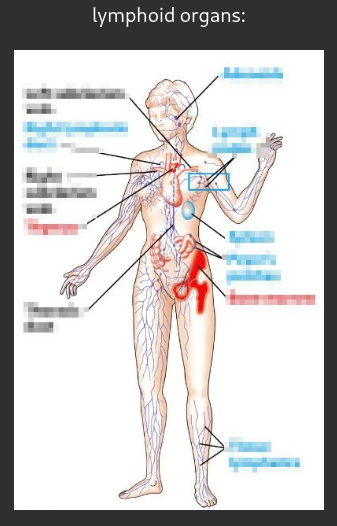
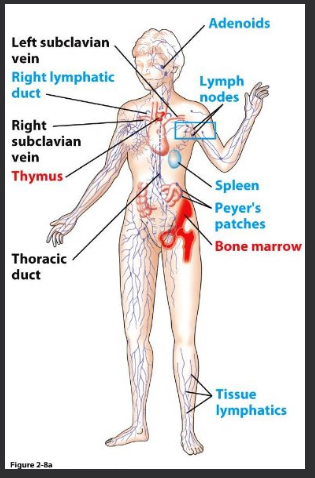
I actually remembered the list of lymphoid organs after two tries using this method whereas the old, list-based card took me over 10 tries and I still didn't get it. It's much easier to imagine the locations in the body when naming organs!
This takes me to my next point:
involve all the senses
lots of pictures
Humans are visual creatures, use pictures whenever possible. Here are some of my picture cards (some of which I borrowed from someone else):
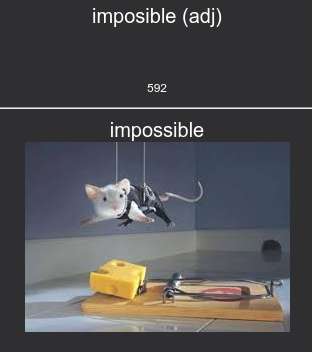
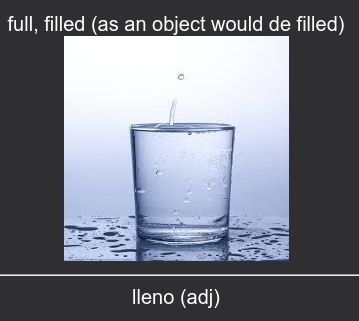
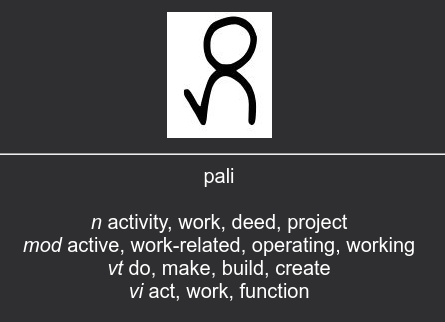
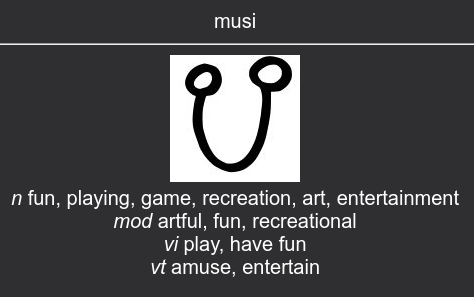

record audio, speak out loud
Most of my Spanish flashcards have recordings of me or other people pronouncing the words correctly in English or Spanish. Regardless of whether you have recordings, always say the answer out loud!
when to borrow someone else's cards
I've mentioned a couple times that I borrow cards from other people. Anki has the wonderful ability to share decks of flashcards online. I especially like to use decks that are curated by teachers, from books, or from statistical analysis of usage frequency. My recommendation is to only borrow decks from other people when the information isn't critical for you to know.

The above phrase isn't really one I would use in the convenience store in Mexico, but it is definitely beneficial to rounding out my vocabulary and generally sounding like a thoughtful person. Even though I actually did make this card, this is a good example of one that would be great to borrow from someone else. It's like icing on the cake!
summary
This post is already pretty long, but I covered why flashcards are important to make, how to make and maintain them efficiently, how to break down complex ideas into multiple flashcards, and how to make memorization easier and more effective.
In a later post, I'll discuss some more details of how I make flashcards for specific purposes!
In the meantime, if you have some study tips, please share them with me!
subscribe to get email updates and support my work
Click the link below or the subscribe button at the bottom of the page to support my work and get an email every time I make a new post!


